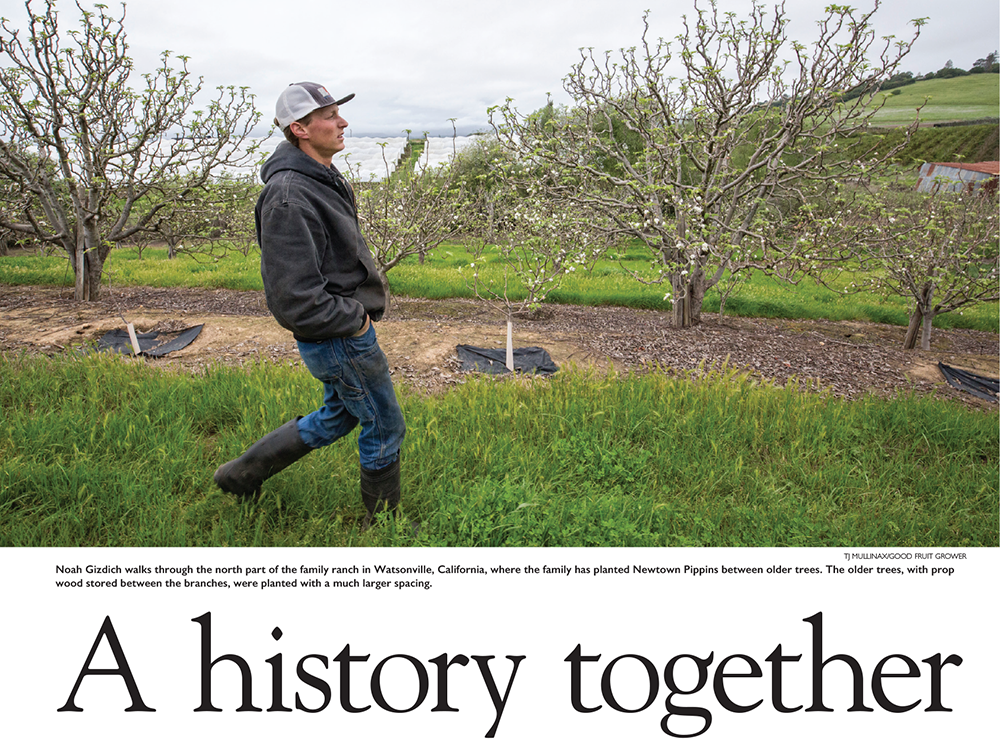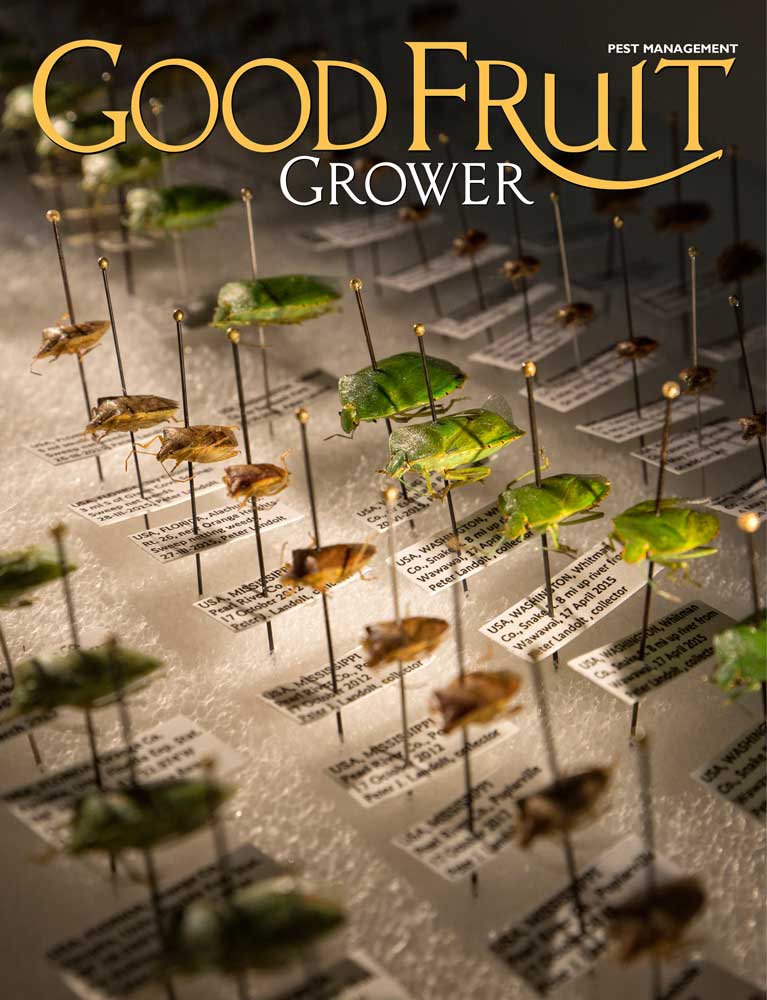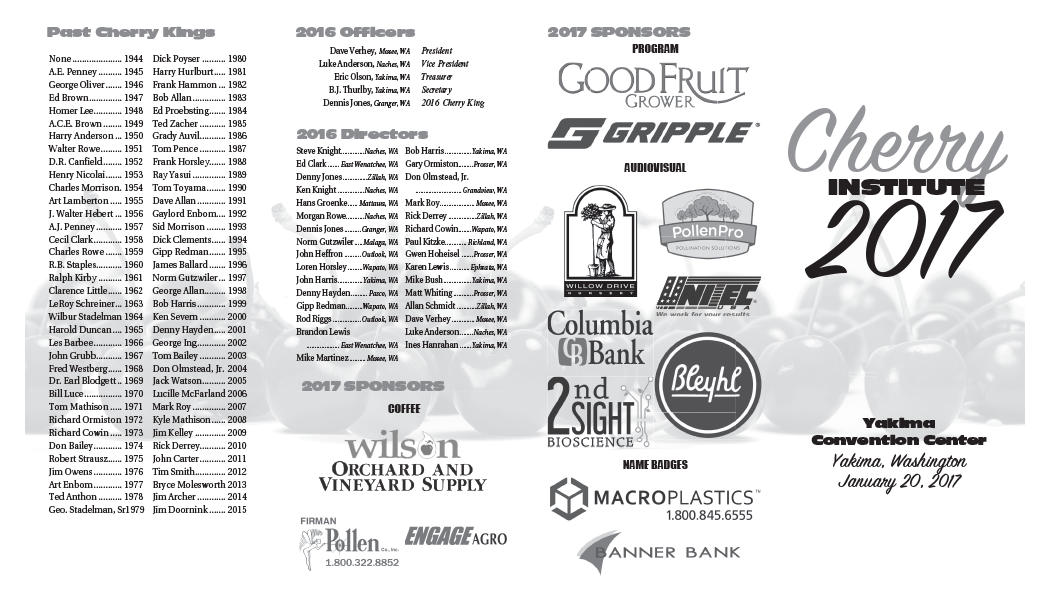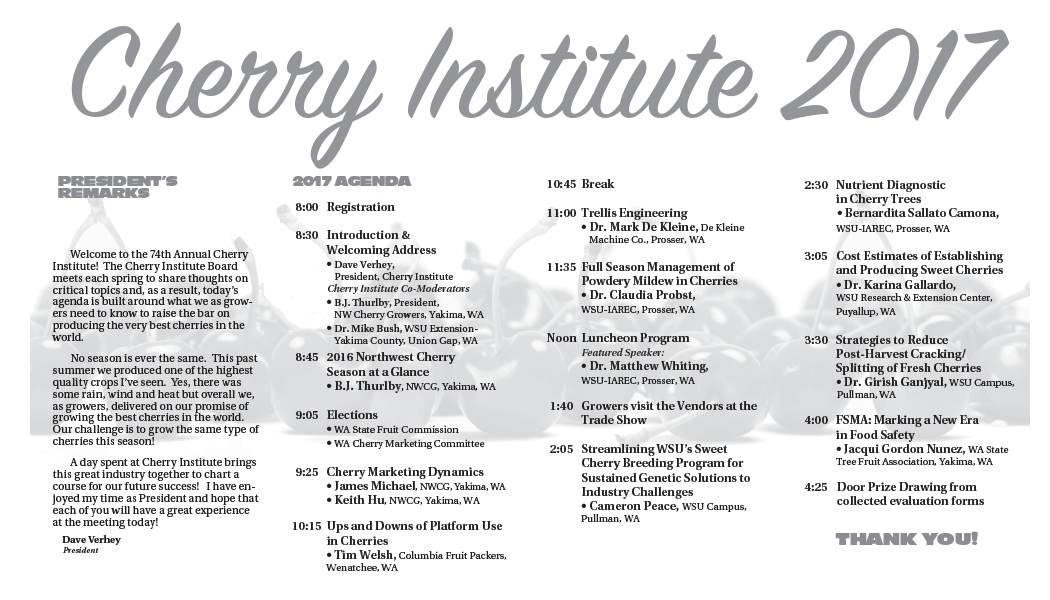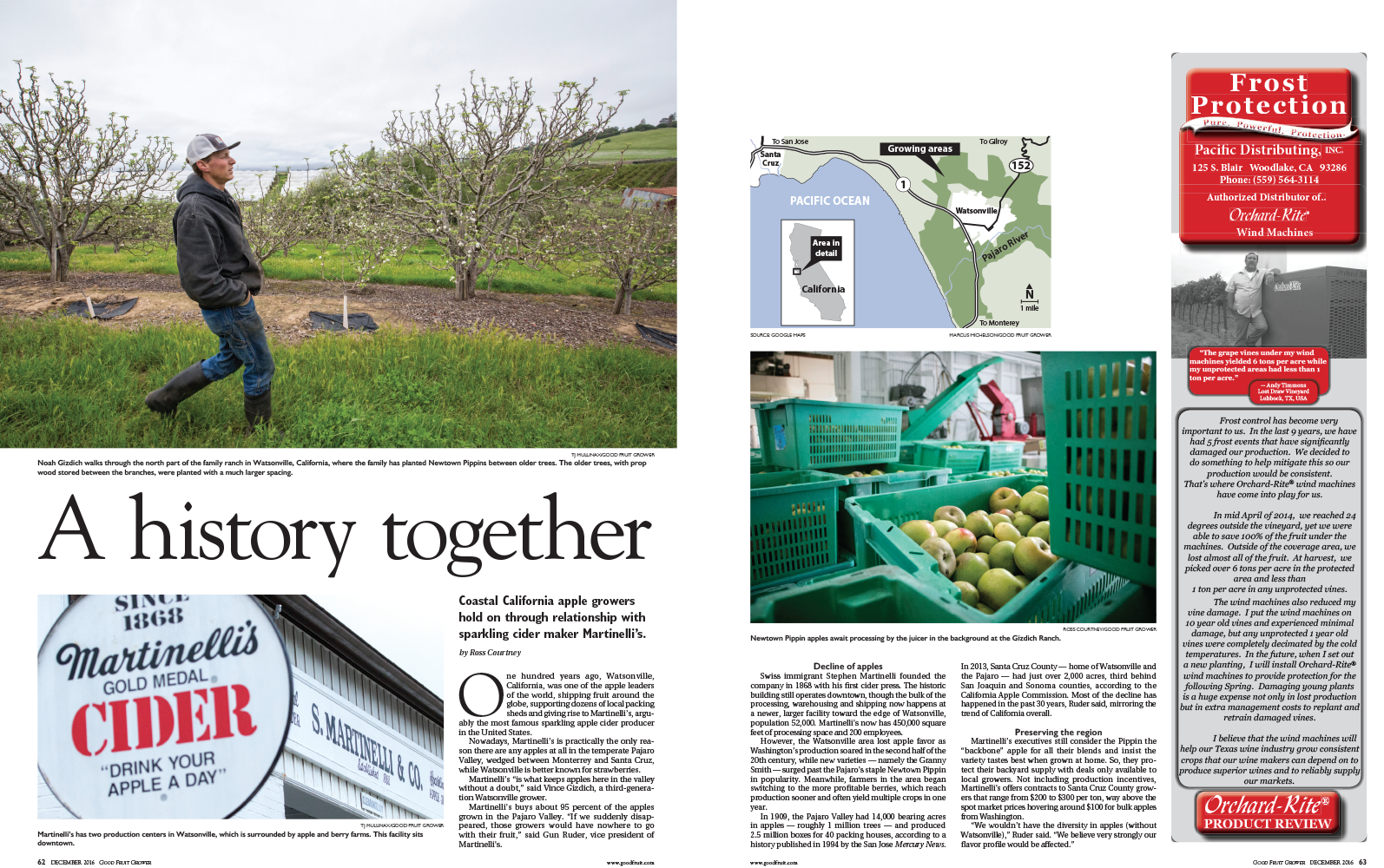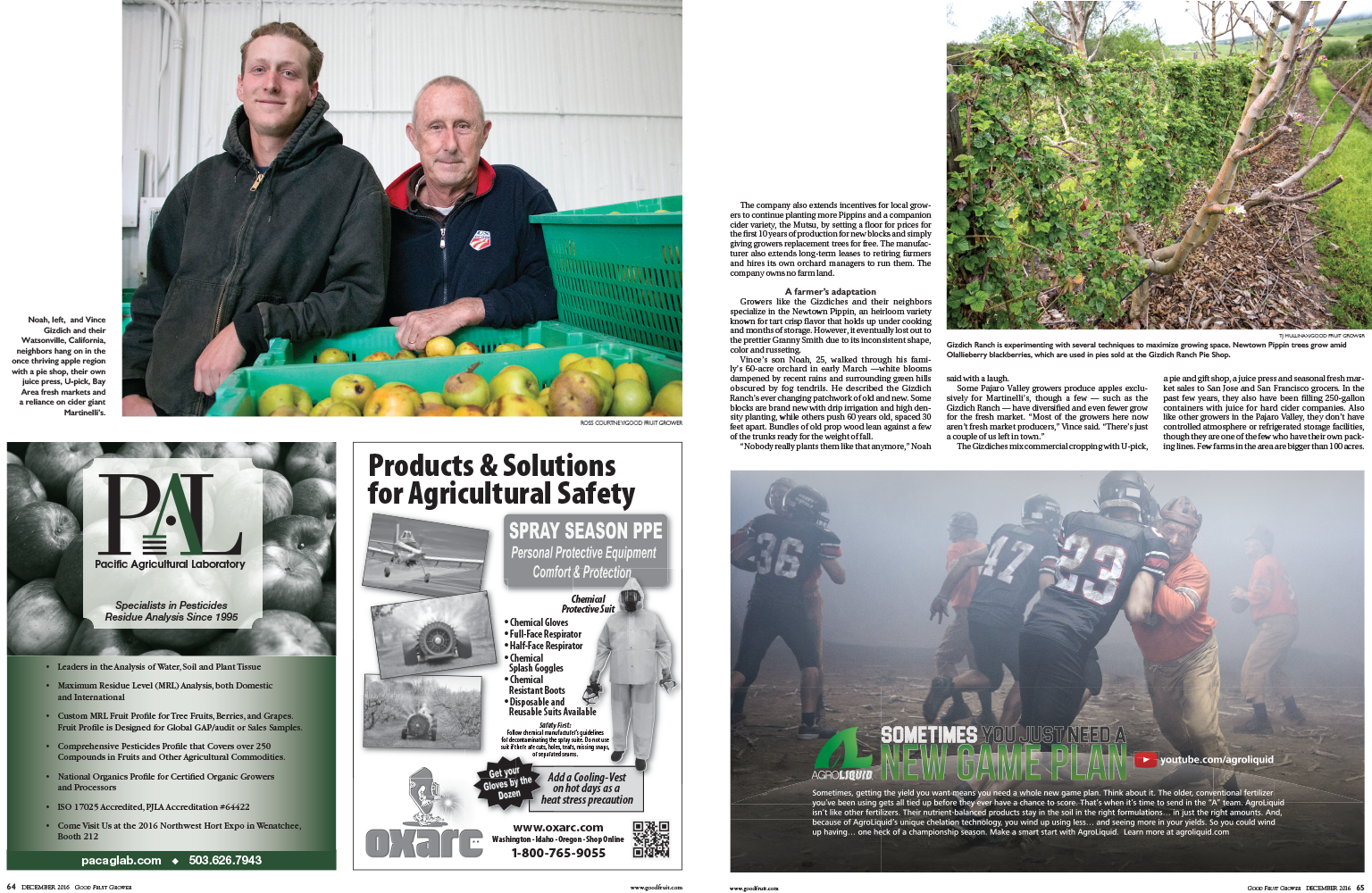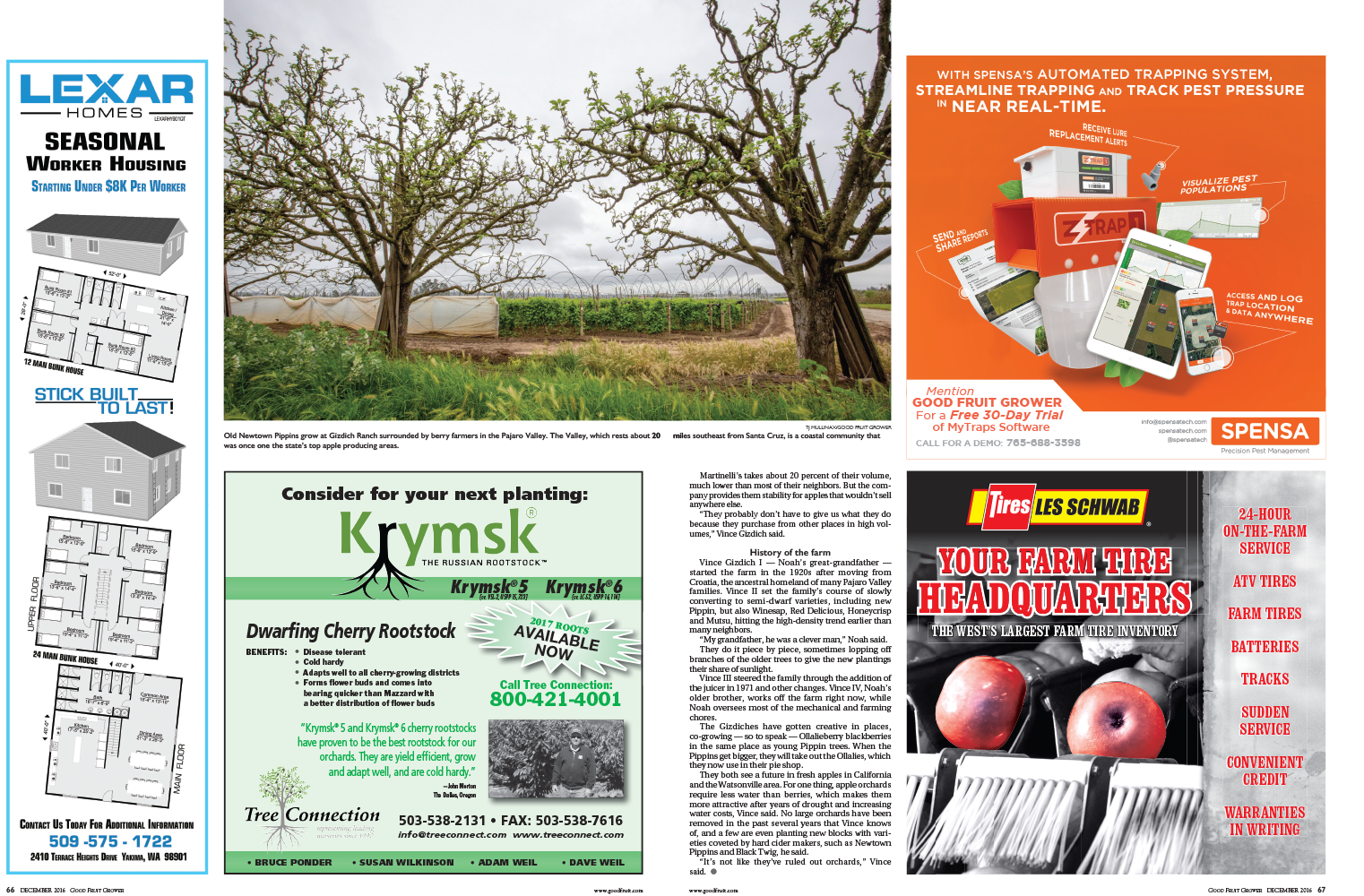
Author: Marcus Michelson

Writing Sample: Essay
Old visitor center was out of place, but is still missed
By Marcus Michelson
Yakima Herald-Republic
YAKIMA, Wash. — It could not have looked more out of place if they had tried.
The old Henry M. Jackson Visitor Center at Paradise looked to some like a flying saucer that had crashed in Mount Rainier National Park.
It was a round building made of concrete with a smaller second floor observation deck that provided 360-degree views of the mountain and the surrounding area. The roof seemed like a combination of a dome, a pagoda and a backyard gazebo.
That weirdness made it stand out among the park’s other more traditional lodges and visitor centers at Sunrise and Longmire.
While it looked out of place on the mountain, it wasn’t really all that out of place in the Northwest. As a young child in the 1980s, I remember imagining the visitor center was a spare copy of the top of the Space Needle (my dad may have told me that as a joke which I took to be the truth). The building made perfect sense to a kid who grew up in the Puget Sound area.
Several regular school field trips and weekend excursions involved visiting some monumental building that was built in the early to mid 1960s — the Space Needle, the Pacific Science Center, even the ferry docks and ferries that took us there.
But the one that stuck out to me most was the visitor center at Paradise. It was so strange and out of place and modern that it cast its weird spell on me.
On the first visit I remember, my parents bought me a postcard with a picture of the visitor center. The postcard photo had to have been taken shortly after the center opened in 1966, given the sweet beige mid-60s station wagon that was parked in front.
As a geography and national parks nerd, that already at least 15-year-old postcard was tacked to my bedroom wall for the better part of the next decade. On a shelf nearby was a small bottle of ash from Mount St. Helens.
The visitor center was part of the National Park Service’s Mission 66 program to mark the system’s 50th anniversary. According to the park’s administrative history website, the program saw several new buildings, many designed in the modernist style, built at parks across the country.
It was designed by two architectural firms, one from Tacoma, the other from Honolulu. That fact led to an urban legend that the building and its troubled roof was originally designed for a location in Hawaii, instead of snowy Mount Rainier.
As construction started in 1964, opinion was strongly in favor of modernization. By the time the center was completed, the public was beginning to realize the value of preserving historic buildings in the parks.
When all was said and done, the visitor center cost $2 million, making it the most expensive building in the national park system at the time. This, combined with the fact that the historic Paradise Lodge was burned to the ground to expand a parking lot, left the visitor center in a no-win situation as far as public opinion went.
Also there’s the fact that it did a pretty lousy job as a visitor center. What seemed to be a majority of the interior was taken up by ramps to the second level. The roof, while probably the building’s dominant feature, was said to leak so much that it caused the development of stalactites and stalagmites on the lower level.
But leaks weren’t even the roof’s most notable problem.
The roof (remember: designed in Hawaii!) collected more snow in the winter than the structure could hold. To solve this, a system of water pipes ran through the roof, heated by a diesel-powered boiler. During the winter, the boilers could use as many as 500 gallons of diesel per day, according to a Seattle Times story from 2010. At today’s prices that’s a heating bill of well over $100,000 a year.
So, when it came time to decide whether to remodel or rebuild, the decision was an easy one.
A new visitor center, which opened in 2010, cost $21.2 million. The new building has one-third the floor space of the old center. It also costs 77 percent less to heat, which could lead to a savings of $7 million over its first 50 years, according to a story from that same Seattle Times story.
The new building looks a lot more like a traditional national park lodge, with a high-pitched roof and earth-tone color scheme.
But what it gains on its predecessor in terms of perceived appropriateness, it loses in terms of memorableness. Buildings such as the old Paradise visitor center, the Space Needle and the Pacific Science Center were and are visions of the past’s best guess at the future. It’s a future that will probably never arrive; but they remain valuable as artifacts of the hopefulness and imagination of the time.
Writing sample: Sports
State semifinal matches Highland, Connell for third time this year
By Marcus Michelson
Yakima Herald-Republic
YAKIMA, Wash. — It’s hard to beat a team three times in one season, or so the old saying goes.
That’s the challenge the Highland boys soccer team faces when they play Connell in a state semifinal Friday at Sunset Chev Stadium in Sumner.
“I think our boys realize the task ahead,” Scotties coach Greg Wagner said. “They understand we’re playing Connell, they know we beat them twice, and they know that doesn’t mean anything.”
But at this point of the season, even little things can mean everything.
Things like game film.
“We have two games of film to look back on,” Wagner said. “We’ll study the film and figure out what we need to do.”
Things like health.
“Every coach knows your biggest task is managing injuries,” Wagner said. “There’s no one that’s not available. You might not have played a single minute in the postseason, but you’d better be ready to go.”
Things like experience.
“They’ve been through the ringer,” Wagner said of his team. “Losing in the quarterfinals three years in a row after winning two of the last three district championships.”
The Scotties (18-0-2) hope this state semifinal plays out like the last two times they reached the final four. In 2008 and 2009, Highland defeated SCAC East teams (Wahluke and Connell) in the semifinals, winning the title in 2008 with a victory over King’s.
To make that happen again, Wagner said he will be counting on leading scorers David Paniagua, Missael Lopez and Carlos Magana to maintain the team’s momentum. Paniagua has 14 goals this year for the Scotties, while Magana led the team with 15. Lopez scored 11 times.
He’ll also look for his team to continue its defensive dominance.
“We’ve allowed two goals in the last 13 games,” Wagner said. “So our defense is playing really well together. We made a couple of significant adjustments (in the state quarterfinal win) against Chelan that worked well, we’ll make a few more adjustments for Connell.”
The Eagles (17-3-0) are set up similarly to Highland.
“Connell has a couple kids who can finish,” Wagner said. “They’ve only allowed 12 goals (this season), defensively they will be sound.”
Wagner hopes his offense will be even more sound.
“The thing about us,” Wagner said, “You can shut David down, but we’ve got other guys.” The winner of the Highland-Connell semifinal will play the winner of the other semifinal between Bellevue Christian and Klahowya on Saturday at 2 p.m.
“Bellevue Christian is very good, they’re undefeated as well,” Wagner said. “They’ve only allowed four goals until (Saturday, when they beat South Whidbey 3-2). They’re very disciplined. They don’t score a ton of goals on you, but they don’t let you score.”
Klahowya beat La Center and King’s on their way to the semifinals.
Regardless, two games remain this season, the semifinals and the championship or consolation game.
Wagner knows they could go either way.
“You can know everything about a team, but if the other team wants it more than you, you’re going to lose,” he said. “I think we’re ready.”
Click here for original version

Good Fruit Grower: March 1, 2017 Cover

Marketing Collateral: Popup Banner for GFG en Español

Marketing Collateral: Banquet table tent

Marketing collateral: iPad contest one sheet

Marketing Collateral: Cherry Institute program
